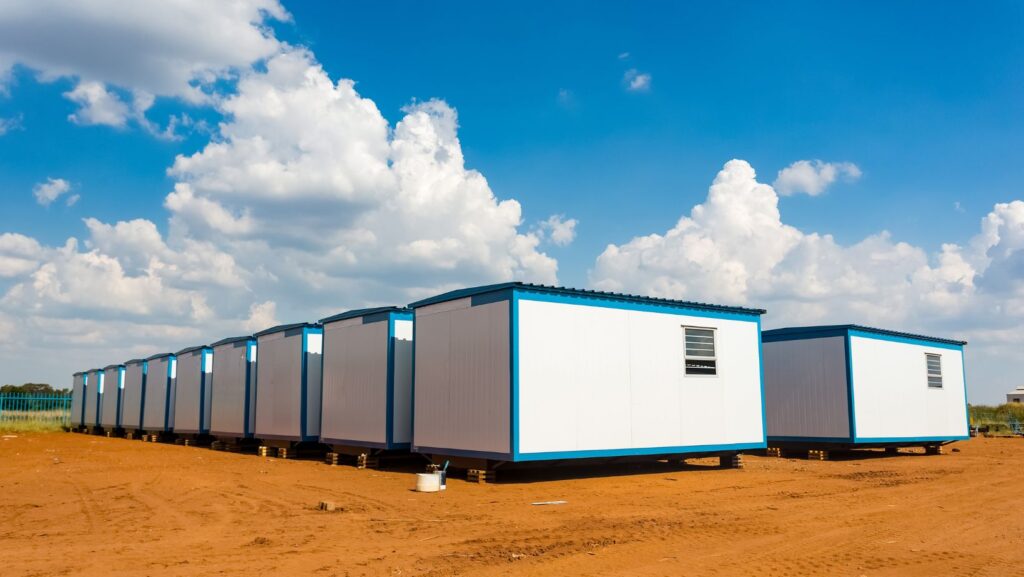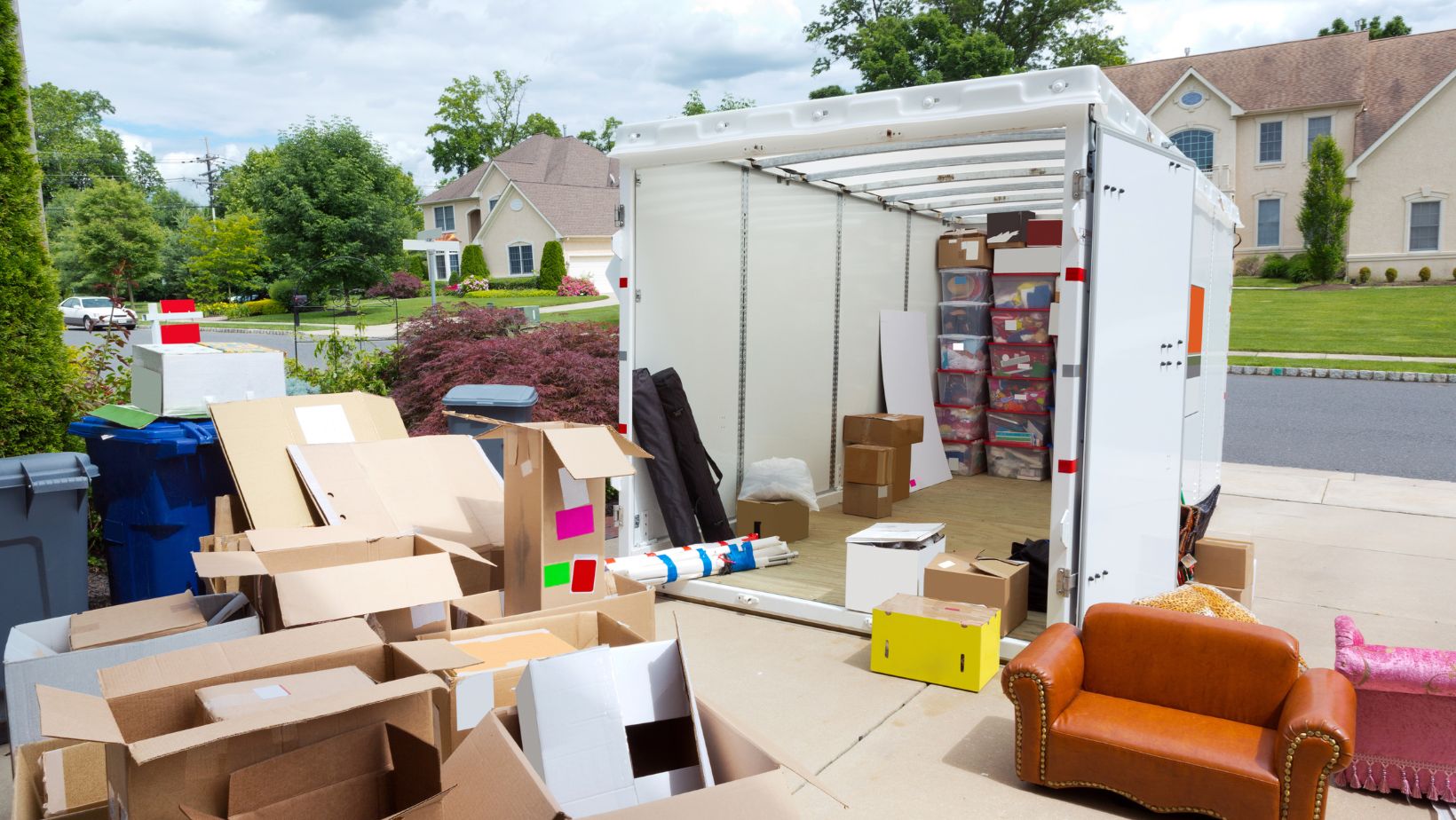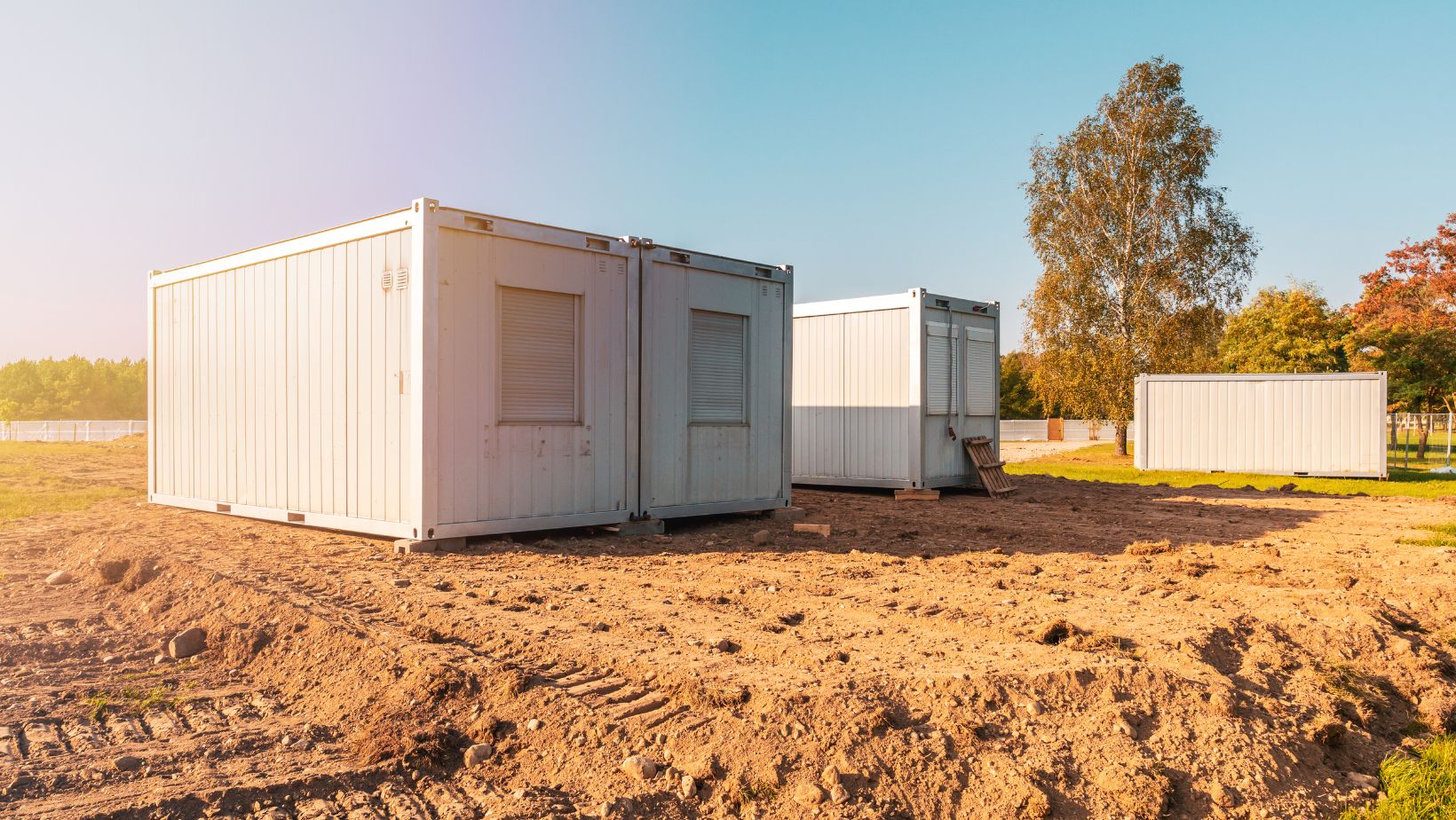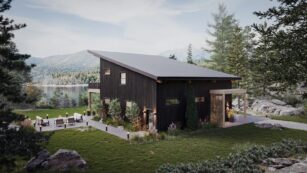
As the demand for adaptable, cost-effective, and eco-friendly solutions continues to grow, portable buildings are quickly emerging as a leading trend in flexible spaces across various industries.
From temporary classrooms and site offices to pop-up retail stores and granny flats, these modular marvels are redefining the way we think about space and functionality. Here are 10 compelling reasons why portable buildings are the future of flexible spaces.
Cost-Effective Solutions
One of the biggest advantages of portable buildings is their affordability. Traditional construction projects can be expensive due to materials, labour, permits, and time. Portable buildings, by contrast, are often pre-fabricated in a controlled environment, which significantly reduces overall costs. This makes them a great option for businesses, schools, and individuals with limited budgets.
Speed of Installation
Time is money, and portable buildings can be up and running in a fraction of the time it takes to construct a permanent structure. Whether it’s a temporary office or a disaster relief shelter, these structures can be delivered and installed in days or even hours—perfect for urgent needs.
Flexibility and Versatility
Need to expand, downsize, or relocate? Portable buildings are designed with flexibility in mind.

You can easily move them to different locations or modify them to suit changing requirements. This versatility makes them ideal for industries like construction, mining, education, and events.
Environmentally Friendly
Sustainability is more than a buzzword—it’s a necessity. Portable buildings generate less construction waste and often use recycled or eco-friendly materials. Their modular nature also means less energy is needed during production and assembly, reducing their overall carbon footprint.
Minimal Disruption
On-site construction can be noisy, messy, and disruptive. Portable buildings are mostly built off-site and simply delivered to your location. This results in minimal disruption to your existing operations, neighbours, or environment.
Compliance and Safety
Modern portable buildings are built to meet or exceed local building codes and safety standards. They include proper ventilation, insulation, fire-rated materials, and other features to ensure a safe and compliant space for users—whether it’s for students, staff, or residents.
Aesthetic Customisation
Gone are the days when portable buildings looked like uninspiring grey boxes. Today’s designs offer a wide range of finishes, colours, and layouts to suit your branding or personal taste. From sleek modern exteriors to cosy, homely interiors, portable buildings can look just as attractive as traditional structures.
Scalability
Portable buildings allow for easy expansion. Need an extra room or two? Simply add another module.

This scalability is particularly useful for schools, clinics, or businesses expecting seasonal demand or rapid growth.
Remote Location Access
Remote locations often lack infrastructure for traditional buildings. Portable structures can be transported to and assembled in areas with limited access—ideal for mining sites, rural schools, or emergency response zones. This ability to create instant infrastructure makes them indispensable in isolated areas.
Long-Term Viability
While they’re often used as temporary structures, portable buildings are built to last. With proper maintenance, many can serve as permanent fixtures for years. Whether it’s a long-term classroom, office, or living space, these buildings can provide a comfortable and reliable solution well into the future.
Conclusion
In today’s fast-paced world, adaptability is key. Portable buildings offer a smart, sustainable, and scalable solution to meet the changing needs of businesses, institutions, and individuals alike. Their quick installation, environmental benefits, and ability to grow with you make them not just a temporary fix, but a long-term strategy for success.












